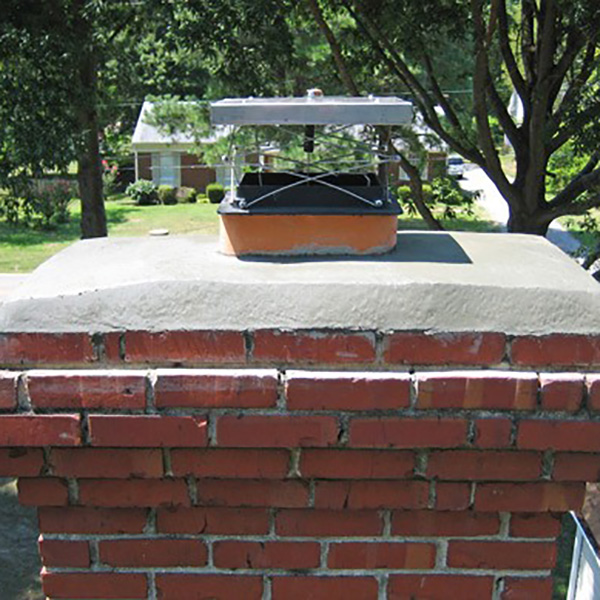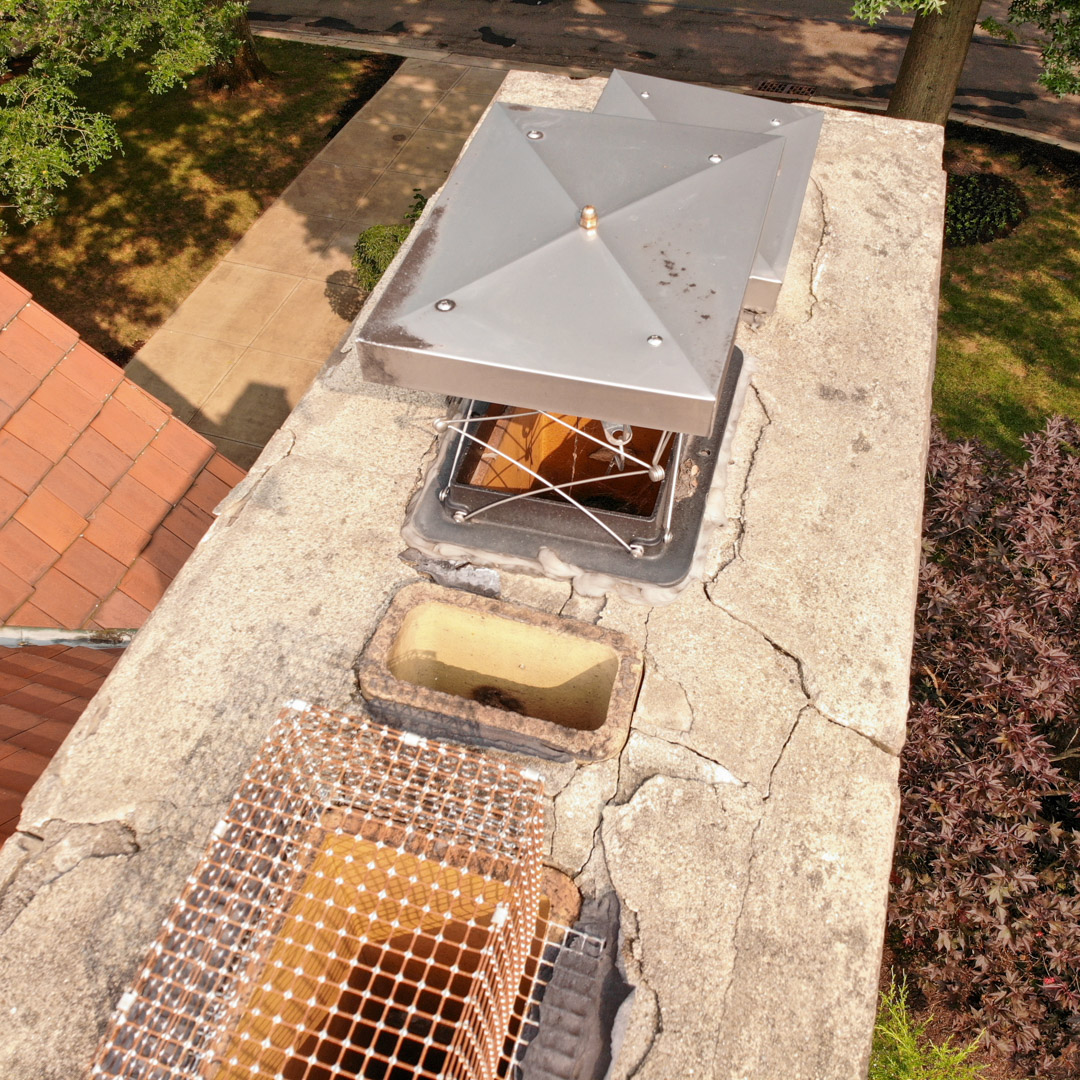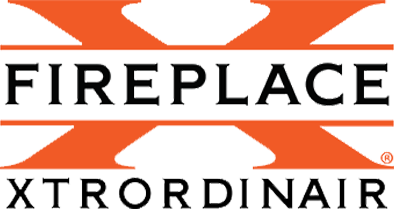How to Properly Use A Chimney Damper
Fireplaces are a cozy way to heat your home and add ambiance, but to get the most out of it, you need to know how to properly use the damper. The damper controls airflow. When used incorrectly, it can lead to heat loss, carbon monoxide buildup, and poor combustion. Here’s everything you need to know about the damper.
 What’s a Damper?
What’s a Damper?
Before getting into how to use the damper, here are some things you should know. The damper is a metal plate in the chimney flue. It opens and closes to regulate airflow. When it’s open, it allows smoke, gases, and heat to exit the chimney. When closed, it prevents outside air from coming in and heated air from escaping. There are two main types of dampers:
Throat Dampers
Located just above the firebox, these are common in traditional fireplaces.
Top-Sealing Dampers
Installed at the top of the chimney, these provide a better seal and can improve energy efficiency.
When to Open the Damper
Before you build the fire, open the damper completely. This ensures proper ventilation and allows smoke and harmful gases like carbon monoxide to escape. Even a partially closed damper can cause smoke to backup into the house.
Shine a flashlight up the chimney and put your hand near the opening to feel for airflow. You should feel a draft if the dampers open.
Keep the Damper Open While the Fire’s Burning
Keep the damper fully open the whole time you’re using the fireplace and until the embers have completely burned out. Closing it too soon can cause lingering smoke and gases to be trapped in the house. A good rule of thumb is to leave the damper open until the ashes are completely cool.
When to Close the Damper
Close the damper when the fire is out and the ashes are cold. This prevents warm air from escaping, which is important for energy efficiency. Leaving the damper open when you’re not using the fireplace can cause significant heat loss and higher energy bills. If you have a top-sealing damper, close it completely to keep drafts, animals, and debris out.
Adjusting the Damper for Better Efficiency
You can adjust the damper slightly while the fire’s burning to control the burn rate. A fully open damper allows maximum airflow, making the fire burn hotter and faster. If you want a slower burn or a fire that lasts longer, you can partially close the damper to reduce the oxygen supply.
Just be careful not to close it too much because it can lead to poor combustion and smoke buildup.
 Signs of a Malfunctioning Damper
Signs of a Malfunctioning Damper
A damaged damper can reduce efficiency and create hazards. Look out for these signs that your damper needs maintenance or replacement.
- Difficulty opening and closing
- Rust or corrosion
- Persistent smoke in the house
- Cold drafts when the fireplace isn’t in use
Get an annual inspection by a certified chimney company to ensure the damper works properly and to look for damage.
Contact Dubuque Fireplace and Patio for a damper, fireplace, and chimney inspection. We’re the Tri-State’s premier hearth and patio specialty shop with a reputation for technical expertise, high-quality work, and outstanding customer service.



















